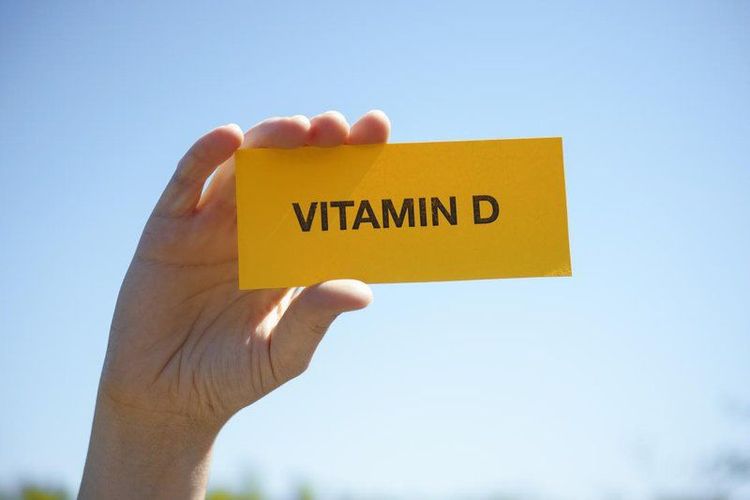This is an automatically translated article.
The article was written by Specialist Doctor I Nguyen Thi My Linh - Neonatologist, Department of Pediatrics - Neonatology - Vinmec Danang International General Hospital.
For children in particular, vitamin D deficiency can easily lead to rickets, malnutrition, and increased risk of infection. The lack of calcium will cause increased catabolism of vitamins.
1. The role of vitamin D
For the human body in general, vitamin D plays an important role in the absorption of calcium and phosphorus, directly affecting the formation of bone structure. Adequate supply of calcium to the body will help calcium and phosphorus in the body attach firmly in bone tissues and regulate the homeostasis of calcium and phosphorus in the human body. Vitamin D also plays a role in cell division, secretion, and metabolism of hormones, including parathyroid hormone and insulin. Vitamin D also plays a role in the differentiation of cancer cells such as skin, bone and breast cancer cells. Adequate vitamin status is associated with a reduced risk of developing breast, colon, and prostate cancers.
Vitamin D có vai trò trọng quá trình phân chia tế bào
2. When and how long to supplement with vitamin D?
For children who drink breast milk exclusively, vitamin supplements should be given to the child from the newborn period. 1 drop per day is equivalent to 400 units.
Supplement until the child can walk and go out a lot, get exposure to the sun in combination with a varied and nutritious diet, using foods rich in vitamin D such as (salmon) , herring, sardines, yogurt, cheese, cereals, tofu...).
Prevention and treatment of diseases related to vitamin D deficiency such as diarrhea, measles, pancreatitis and nephritis.
For babies who drink formula 1000ml a day, vitamin D supplements are usually provided.

Bổ sung vitamin D cho trẻ là việc làm cần thiết
3. Signs that children are deficient in vitamin D
Early signs: Children cry a lot, have trouble sleeping and can't sleep for a long time. Children may often startle when sleeping because the nervous system is stimulated. Children with vitamin D deficiency often sweat at night even though it is not hot. Vitamin D deficiency also causes physical retardation, pale skin, and flabby muscles. Late signs: Children teething slowly, teeth growing unbalanced Children who are slow to walk and crawl Children with vitamin deficiency also have wide fontanelles, soft fontanelles, and long fontanelles in some cases, causing skull deformities, flat heads, and bones. soft skull. The head of the wrist bone bulges to form a wrist loop. Deformed ribs and ribcage, scoliosis and bow legs are also signs of vitamin deficiency. If severe, the child may convulse due to hypocalcemia. Rickets is a primary disease in young children, the children's legs can be seen deformed and physical development is delayed, bone deforms in childhood can cause sequelae in later adulthood, hunchback, crooked and pelvic stenosis. Subclinical signs:
Diagnosis of vitamins based on clinical and some basic tests. Bone X-ray to evaluate the ossification of the bones is very important in diagnosing rickets in children.... Children with rickets often have slow ossification, large bone heads, irregular ossification margins, and reduced bone body. bone density. Biochemical test: phosphorus concentration decreased in rickets. Normal 4.5-6.5 mg/dl. The most reliable indicator of serum 25(Oh) D. Assess vitamin deficiency and vitamin deficiency level based on serum 25(OH) D content. Normal > 75 nmol/L. Other specificity index 1.25 (oh) D serum. Normal 48-100 pmol/L. Alkaline phosphatase increases in rickets, > 500 UI/dl. In addition to vitamin D supplementation, for comprehensive development of children, parents should also provide children with supporting products containing lysine, essential micro-minerals and vitamins such as zinc, chromium, selenium, and B vitamins. help meet the nutritional needs of children. At the same time, these essential vitamins also support digestion, enhance nutrient absorption, help improve anorexia, and help children eat well. Parents can simultaneously apply dietary supplements and functional foods derived from nature for easy absorption. Please accompany your child throughout the development process and regularly visit the website vimec.com to update useful baby care information.














